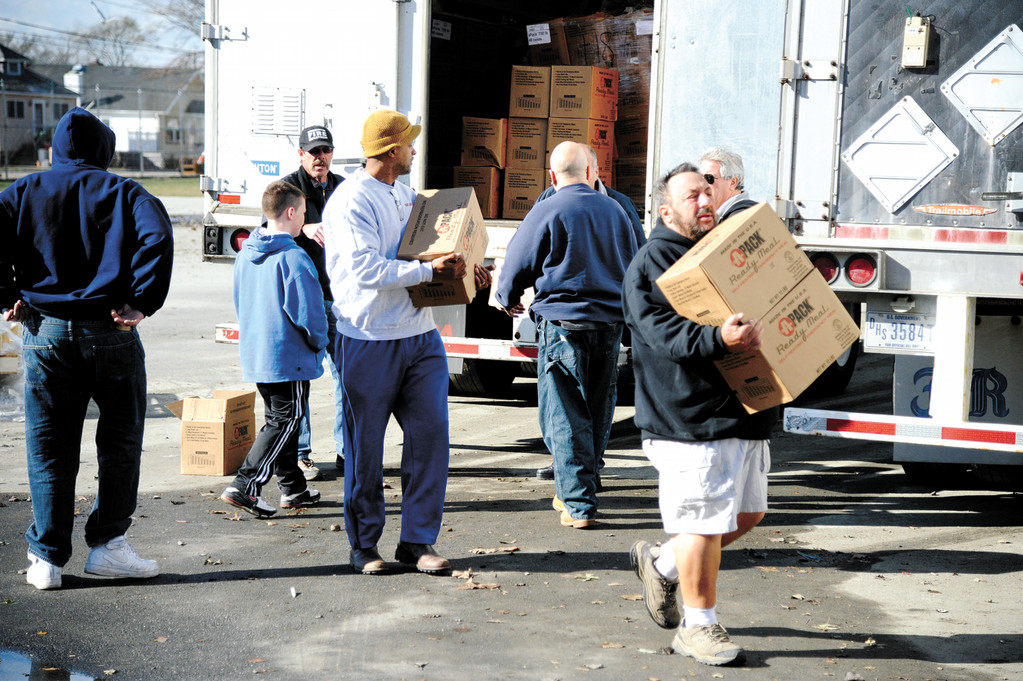Relief efforts in full swing
FEMA, Red Cross, Island Harvest helping those in need
Thousands of Long Islanders had their homes and property destroyed during Hurricane Sandy and are now left to pick up the pieces. Fortunately for all, several national organizations have been working around the clock in recent weeks to lend a helping hand.
According to the Federal Emergency Management Agency, more than 231,000 New Yorkers have contacted FEMA for information or registered for assistance, and nearly $680 million in aid has been approved as of Nov. 26. Nassau County has received the most aid from FEMA out of the 13 counties in the state that were hardest hit, with more than $228 million allocated in relief funds. Nearly 1,300 inspectors in the field have completed more than 135,000 home inspections.
“The faster the claim is filed, the sooner the settlement process can begin,” said David Passey of FEMA’s National Flood Insurance Program. “Individuals start the claim process by calling their insurance agent or company.”
The policyholder should provide the name of the issuing agent or company, the policy number and a phone number or email address where he or she can be reached, Passey said. After filing a claim, an adjuster will contact the policyholder within a few days to schedule an appointment for the initial inspection.
A “Proof of Loss” statement is required, which includes the detailed estimates of the cost to repair or replace damaged property. In most cases, the adjuster will provide a suggested Proof of Loss, but the ultimate responsibility for making sure the document is complete, accurate and filed on time is with the policyholder.
The Red Cross currently has one shelter in Nassau County, located at Nassau Community College, open to residents who suffered losses during the storm or need a warm place to stay. There are approximately 277 people still in the shelter as of Nov. 19. Immediately after Sandy hit there were 17 Red Cross shelters open across Long Island with thousands of people inhabiting them.
“It’s good that we have been able to close a lot of shelters,” said Anita Foster, a Red Cross spokeswoman, “which is a sign of progress. The power is back on and people are able to get back into their homes that didn’t have damage.
“Now our job is to start working with those families that are left in those shelters because we know that they don’t have a place to go home to,” she added.






